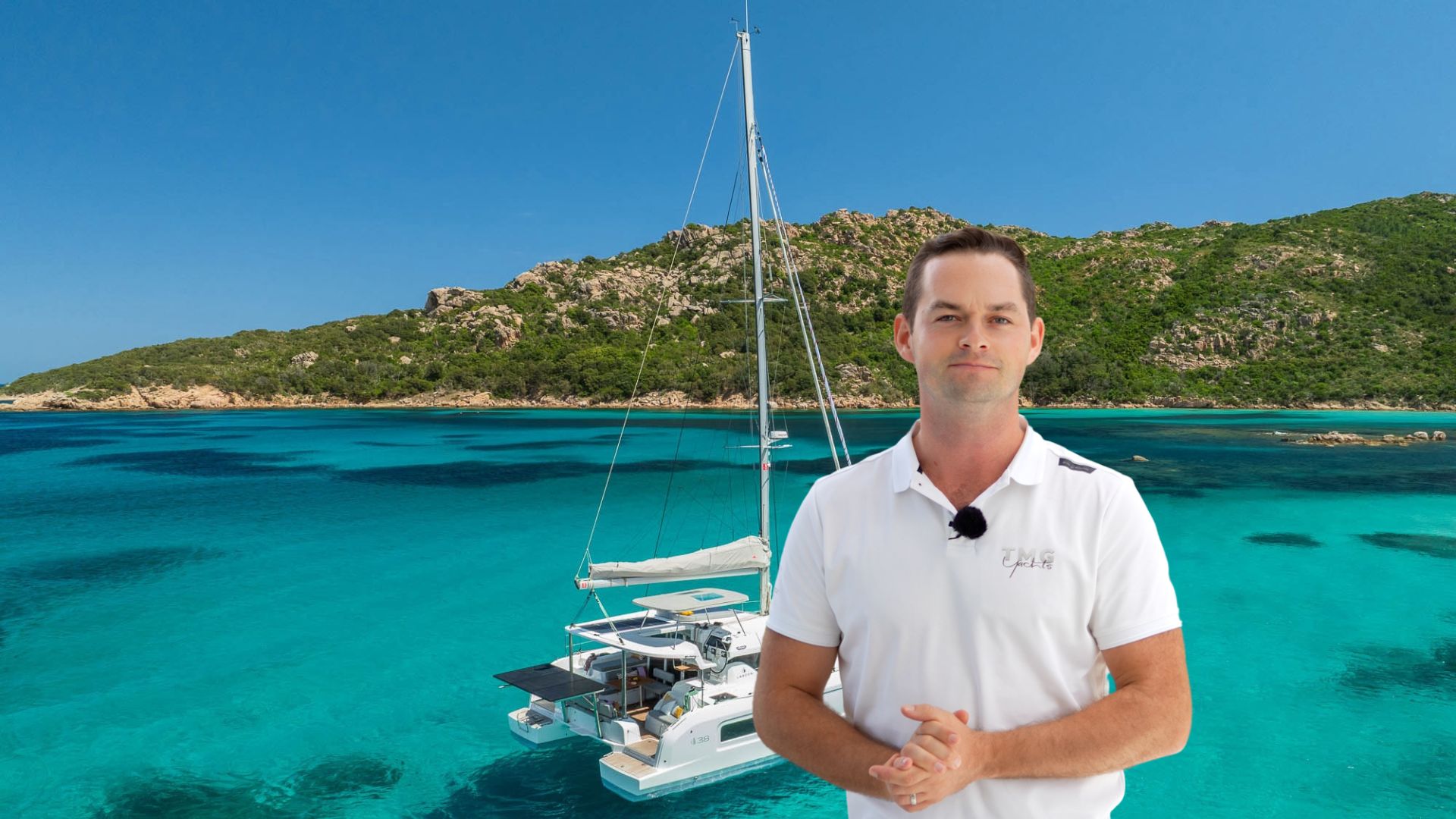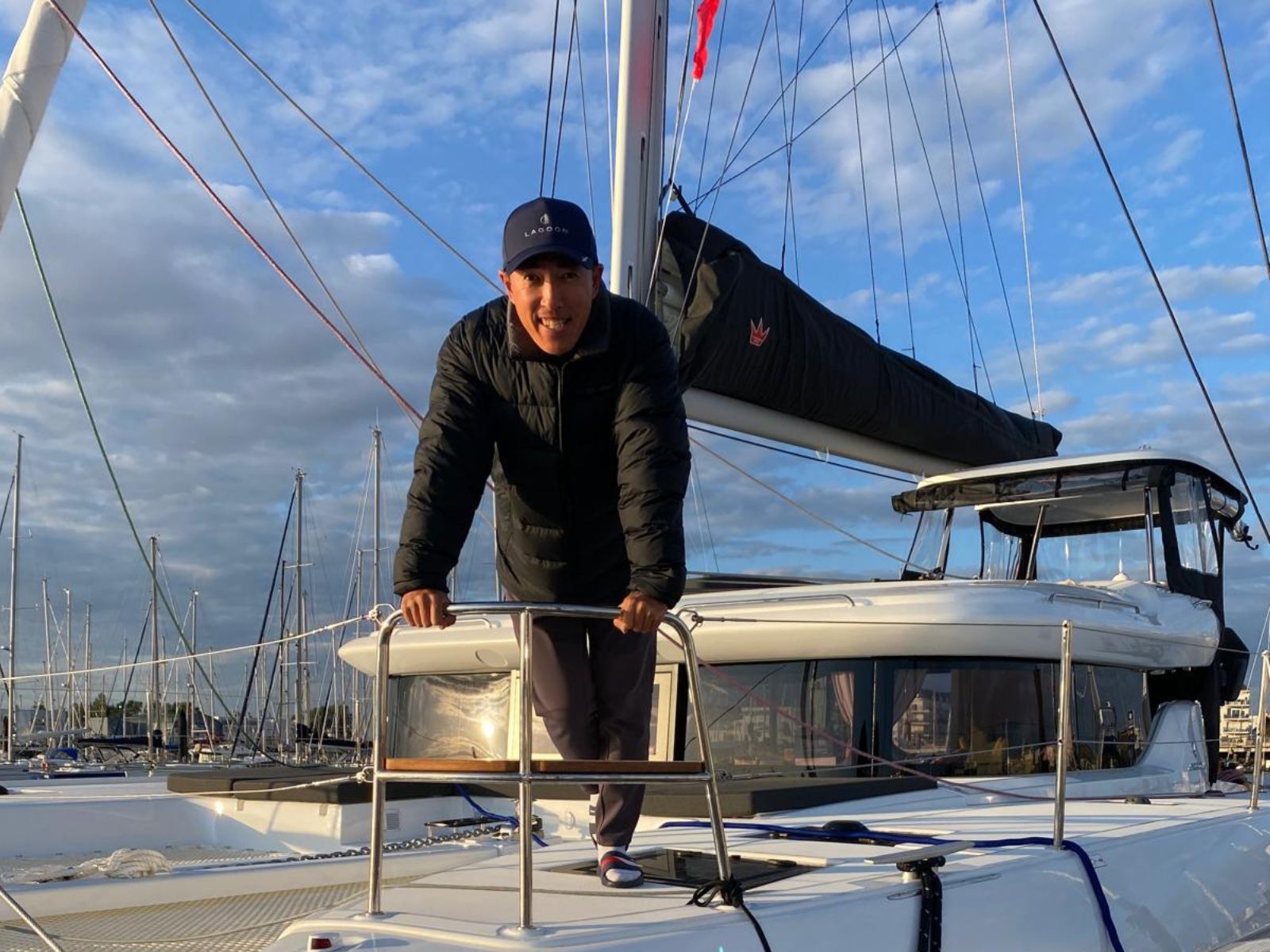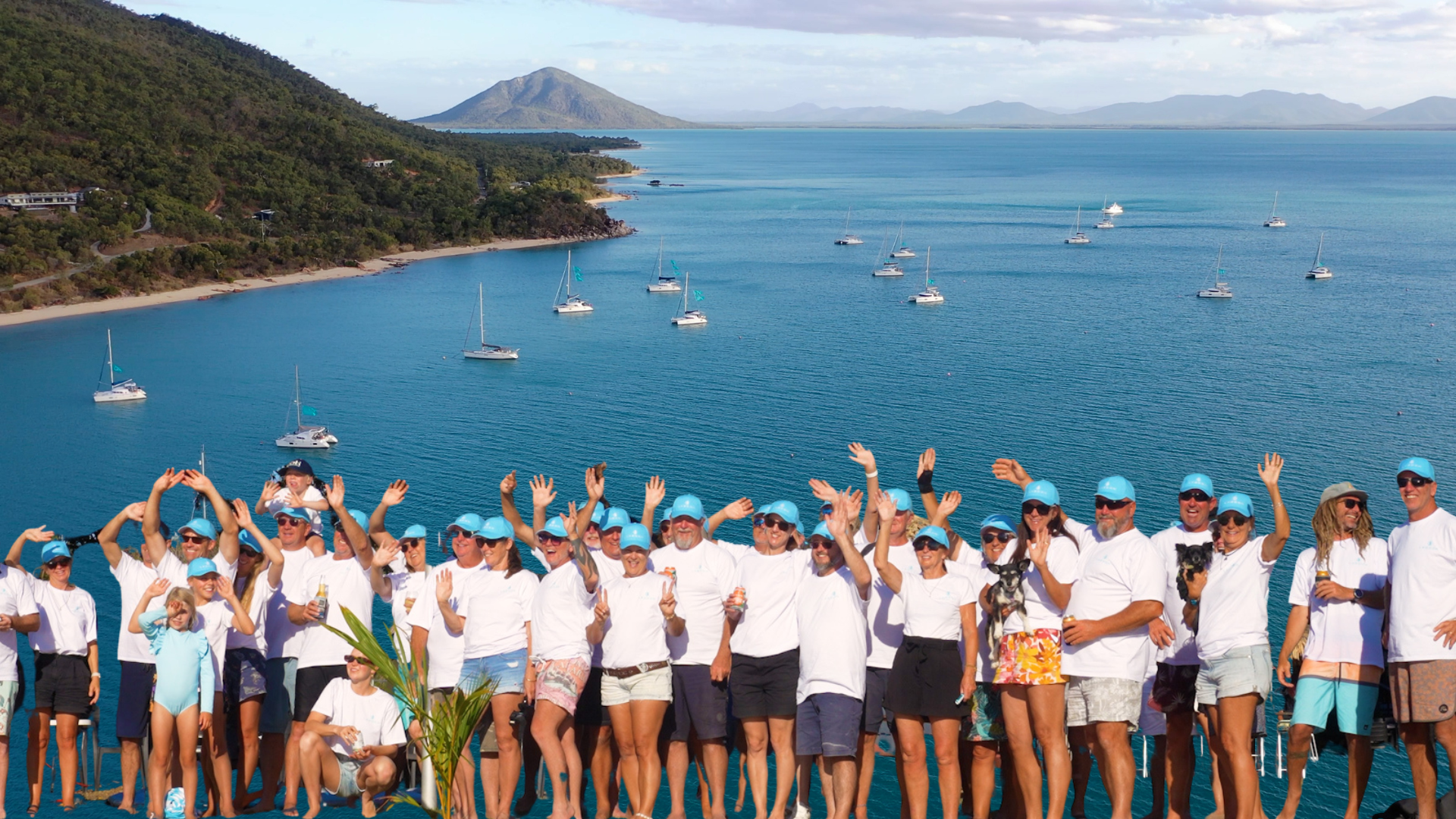Lagoon performance secrets: the Length on Water Line
The secrets of a catamaran’s performance: the Length on Water Line
Lagoon Inside is the definitive catamaran sailors’ blog, written for Lagoon enthusiasts around the world who want to read and learn about all things Lagoon.
This blog is part of a series of technical insights from the team, looking at the performance, details and secrets from your favourite French catamaran.
The following content was written by Caroline at Lagoon Inside, and has been slightly modified. For the original article, click here.


What is the Length on Water Line?
The Length on Water Line or waterline length is an objective criterion to gage the speed performance of a boat. This is the maximum length of the underwater hull of a boat.
On a multihull, the Length on Water Line is measured on the hull starting from the end of the bow to the tip of the stern. Be careful not to mix up the LWL with the Length Over All or LOA, which is the maximum length of the boat taking into account all the parts even the above-water ones, like a bowsprit.
When a boat hull moves on the surface of the water, it forms a wave system composed first of the bow wave, followed by the trough, and then another wave, called the stern wave.
The bow wave is circled on this photo of the 52 F on the right.
The horizontal distance between the crests of two waves is called the wavelength, shown below.


This wavelength increases with the speed of the boat, as shown in the drawing here.
Given that a moving boat is trapped between her bow and stern wave, it becomes clear that a sailboat will reach her maximum speed when her wavelength is equal to her Length on Water Line. This speed is referred to as the hull speed.
The faster the boat, the greater the bow wave will be, implying pitching and preventing her from going faster. This phenomenon is easily seen on a motorboat: at low speed, the trim is horizontal, and when accelerating, the boat rears up under the effect of her bow wave. She will then need a lot of energy to overcome this wave, which a motor boat does easily by speeding up.
Could we say that big sailing boats go faster than small ones?
We have just demonstrated above that the maximum speed of a boat is a function of her wavelength, and hence her Length on Water Line.
This correlation is expressed in the following formula* and will be used to determine the maximum speed of a boat:
Max hull speed= √((Length on Water Line x g) /( 2 x pi)) x 3600/1852
* Gerr, D., 1999: The Elements of Boat Strength: For Builders, Designers, and Owners, McGraw Hill Edition

Where g = 9.81m / s² is the universal gravitation number.
And Pi = 3.1416 …. Pi, sometimes called the Archimedean constant, is a number represented by the Greek letter of the same name (lowercase and italic): π.
This mathematical formula gives the results shown here.
It allows us to conclude that the longer the Length on Water Line, the better the speed performance of the boat.
Therefore, with this formula, we can objectively have a first measure to compare two catamarans with each other.
While a standard boat’s performance is limited by her maximum hull speed, multihulls and racing yachts are able to go beyond this speed.
The famous American victory with their “small” 60-foot catamaran, over the New Zealanders and their “big” 90-foot monohull at the America’s Cup in 1988, is a good example.
Beyond the size, there are also other elements that need to be considered in assessing the performance of a yacht such as the different forms of a hull, the ratio sail area/ displacement, and the width… To be continued.
Look out for the next installment from Lagoon Inside. If you have any questions on the technical aspects of Lagoon catamarans, our team would be happy to help – contact us today.
LATEST FROM THE BLOG
Discover the Brand New Lagoon 38: A Revolution in Entry-Level Cruising Catamarans
The Lagoon 38 is the newest evolution in entry-level cruising catamarans, replacing the legendary Lagoon 380. Combining spacious single-level living, smart storage, and efficient sailing performance, this compact 38-foot catamaran delivers big-boat comfort in a highly versatile package. Perfect for entertaining, extended cruising, or bluewater adventures, the Lagoon 38 sets a new standard for modern catamarans.
Lagoon 43 Review: Why This Well-Researched Choice is the Best Catamaran for Liveaboard Cruising
In this Lagoon 43 review, discover why Long chose this catamaran for his global voyage and how TMG Yachts supported him from the first inquiry to the European handover. Learn what makes the Lagoon 43 one of the best catamarans for liveaboard cruisers, especially for those seeking confidence, comfort, and long-range capability from day one.
Whitsundays Lagoon Escapade 2025 Highlights: Sailing, Games & Community
The Whitsundays Lagoon Escapade 2025 brought Lagoon owners together for two unforgettable days at Cape Gloucester. Against a backdrop of turquoise waters and golden beaches, the event was filled with sailing, games, sunsets, and community spirit. From the iconic Lagoon flotilla to beachfront banquets, paddleboard races, and shared stories, it was a celebration of connection and life on the water.



